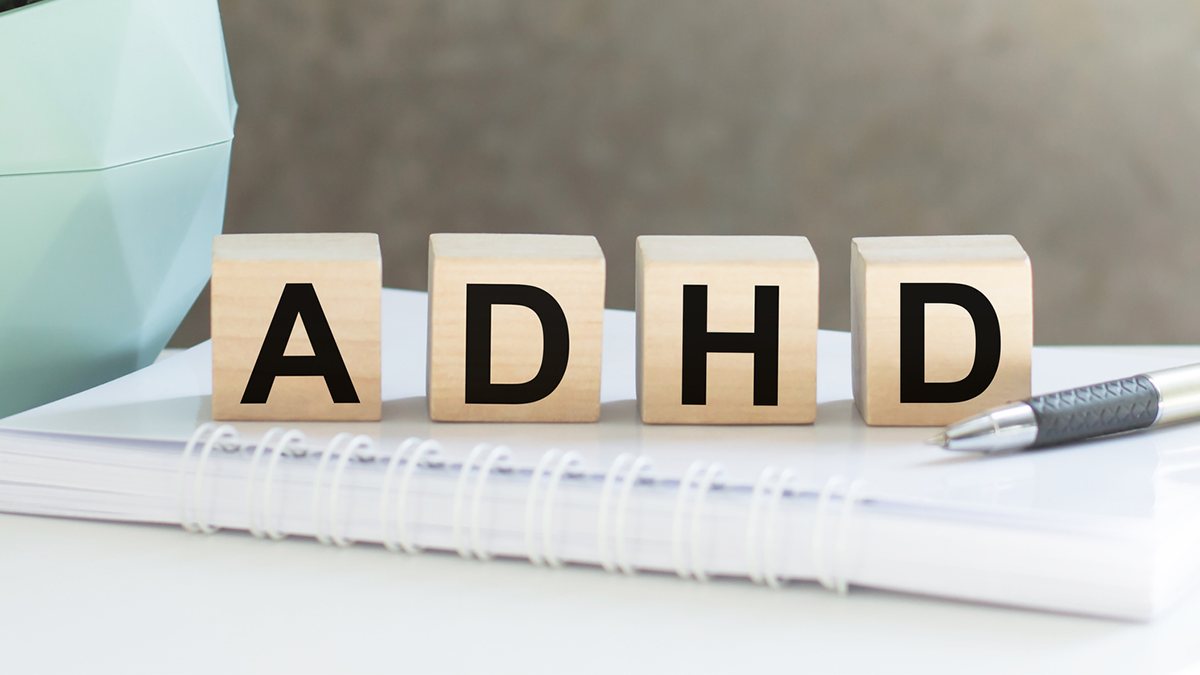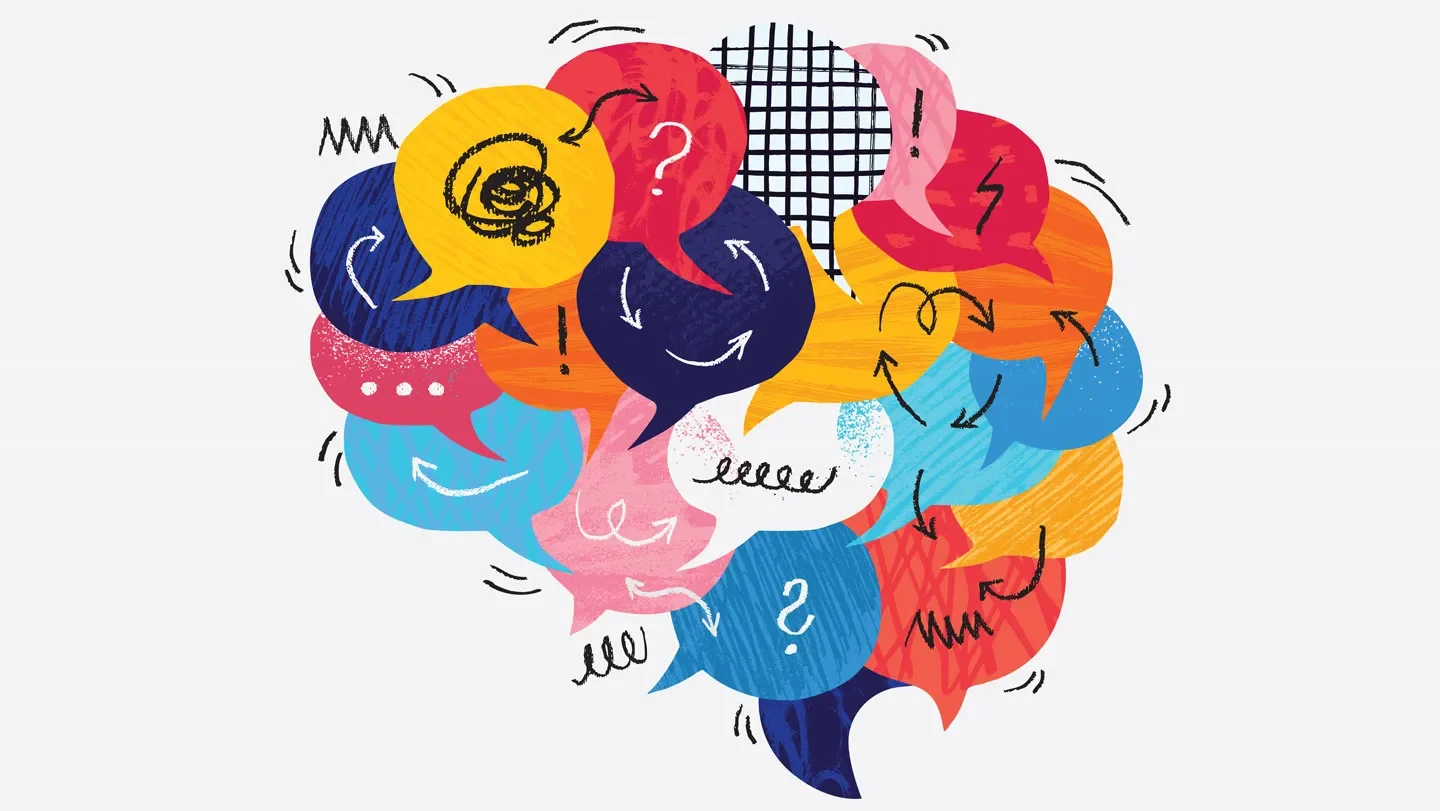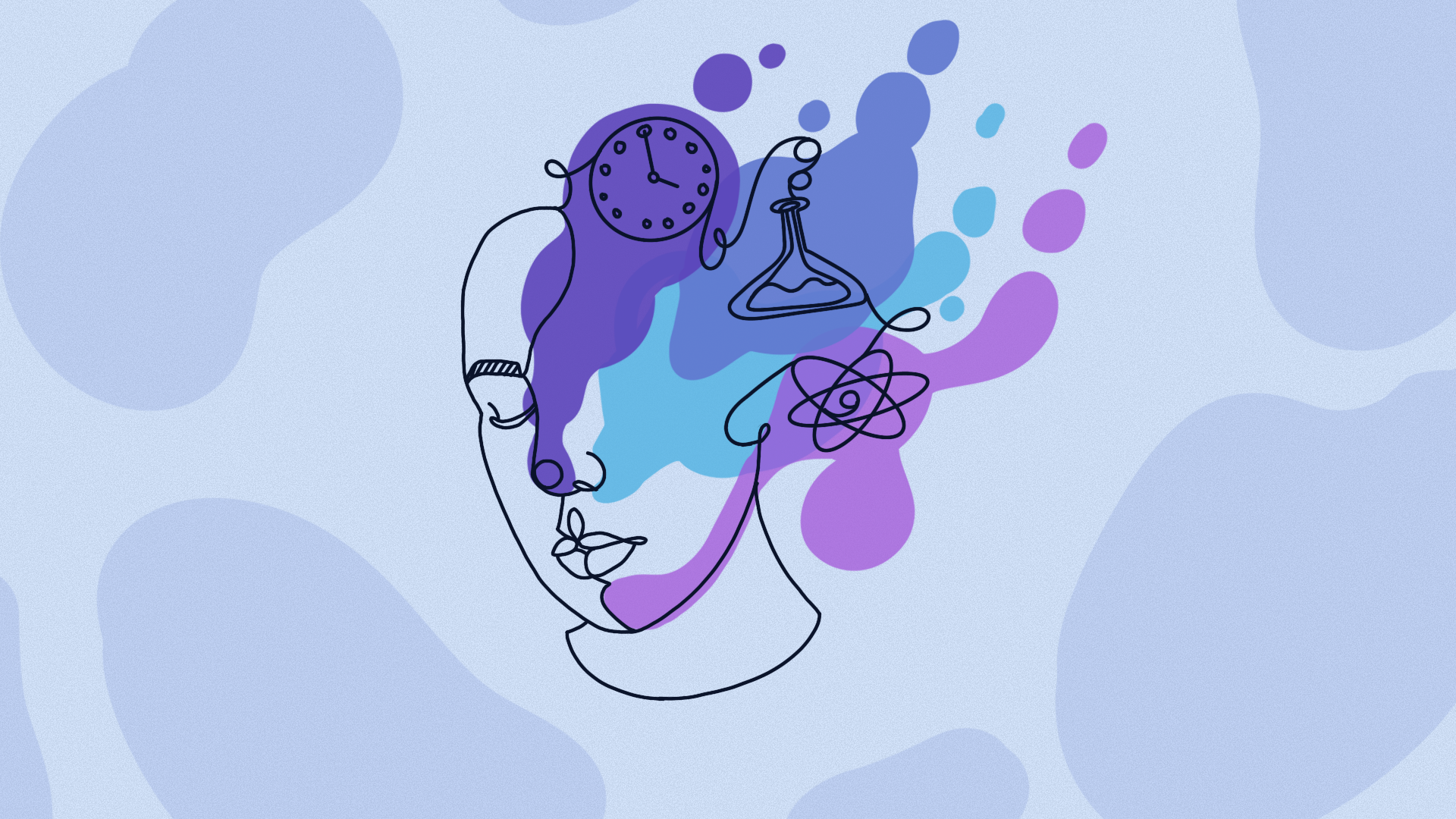Understanding ADHD: Seeking Clarity, Building Skills, and Finding Hope
Living with ADHD (or wondering if you might have it) can feel overwhelming. For many people, the journey starts with a sense that something just doesn’t line up. Maybe you’ve always struggled with focus, organization, or following through on plans. Maybe you’ve been told you’re “lazy” or “scattered” when deep down you know you’re working harder than most just to keep things moving.
If you’re exploring an ADHD diagnosis or looking for tools to better manage your symptoms, this post is for you. We’ll talk about what ADHD actually looks like, why therapy can be a powerful tool in your journey, and how to find the right support—including when and how to talk with your doctor about medication. Most importantly, you’ll walk away knowing this: you are not alone. ADHD is real, and with the right tools and support, you can build the skills you need to thrive.
What Does ADHD Look Like?
Attention-Deficit/Hyperactivity Disorder (ADHD) isn’t just about “being hyper” or “having trouble paying attention.” It’s a neurodevelopmental condition that affects the brain’s ability to regulate attention, emotions, and executive functioning.
Executive functioning is a term for the brain’s management system—the mental skills that help you plan, focus, remember instructions, and juggle multiple tasks successfully. ADHD impacts these skills, and while symptoms look different for everyone, they tend to fall into three main categories:
1. Inattention
Examples may include:
Difficulty staying focused on tasks, especially ones that feel boring or repetitive.
Struggling to follow through on instructions or complete projects.
Frequently losing things like keys, wallets, or important papers.
Forgetting appointments or deadlines, even with reminders.
Difficulty organizing tasks or materials.
Everyday example: You sit down to pay bills, but instead of finishing, you find yourself reorganizing your desk, checking your phone, or forgetting what you were doing entirely.
2. Hyperactivity
Examples may include:
Feeling restless or fidgety, even in situations that require stillness.
Talking excessively, often without realizing it.
Struggling to relax or “wind down.”
Constantly moving around or seeking stimulation.
Everyday example: You go to a work meeting, and even though you know you should sit still, your leg bounces the entire time, or you blurt out comments because holding them back feels impossible.
3. Impulsivity
Examples may include:
Interrupting others in conversation.
Making quick decisions without thinking through consequences.
Struggling to wait your turn in lines or group discussions.
Spending money or making commitments without fully considering the impact.
Everyday example: A friend asks you to help with a big project, and you immediately say “yes” without realizing you already have too much on your plate—leading to stress later.
So, You Have ADHD… Now What?
Getting clarity about ADHD can be both a relief and a challenge. Many people describe finally understanding their experiences as a huge weight off their shoulders, and it explains why things have felt so hard. But it also raises the question: what now?
Here’s the truth: ADHD doesn’t go away. It’s part of how your brain is wired. But that doesn’t mean you’re powerless. With the right support, you can learn to manage your symptoms, decrease the frequency of frustrating moments, and build strategies that work for you.
How Talk Therapy Can Help
Therapy offers a safe, non-judgmental space to explore what ADHD means for your life. At Acorn & Oak Services, we focus on three main areas:
1. Exploring Triggers
ADHD symptoms don’t happen in a vacuum. Together, we can identify what situations or patterns tend to trip you up—whether it’s time management at work, challenges in relationships, or feeling overwhelmed by everyday responsibilities. Once you recognize your triggers, you can plan for them instead of being caught off guard.
2. Skill Building with Psychoeducation
Understanding ADHD on a deeper level can empower you to build new tools. For example:
Using external reminders (calendars, alarms, sticky notes) for memory support.
Breaking down large tasks into smaller, manageable steps.
Creating routines that reduce decision fatigue.
Practicing mindfulness or grounding strategies to manage impulsivity.
The goal isn’t perfection—it’s progress. Skills may not erase ADHD symptoms, but they can make daily life smoother and less stressful.
3. Accountability and Support
Therapy provides structure. Having someone to check in with each week keeps you on track as you practice new skills. When setbacks happen (because they will), we’ll process them together, adjust strategies, and celebrate growth along the way.
Considering Medication as Part of Treatment
For some people, therapy alone provides enough support. For others, a combination of therapy and medication creates the best outcome. Medication can help regulate attention and impulse control, giving you a stronger foundation to practice the skills you’re learning in therapy.
If you’re curious about medication, here are a few approachable steps:
1. Talk to Your Primary Care Provider or a Psychiatrist
Start with your PCP or a psychiatrist. They can evaluate your symptoms, rule out other conditions, and discuss options for stimulant and non-stimulant medications.
2. Do Your Homework
Here are a few trusted resources to explore:
CHADD: Children and Adults with Attention-Deficit/Hyperactivity Disorder
NIHM - National Institue of Mental Health
ADDitude - ADHD Science and Strategies
3. Finding Local Support
Insurance website: Check your plan’s provider directory to see psychiatrists or nurse practitioners in your area.
Psychology Today: Use the Psychology Today Therapist Finder to locate local providers.
Word of mouth: Sometimes the best leads come from friends, family, or support groups who’ve been down this road themselves.
Medication isn’t a one-size-fits-all solution, but it can be an important piece of the puzzle for many people.
You Are Not Alone
If you’ve lived with ADHD symptoms, chances are you’ve also carried a heavy load of self-criticism. Maybe you’ve been told you’re not trying hard enough, or you’ve internalized the belief that you’re “too much” or “not enough.” It’s important to remember: some of this is biology, and some of it comes from years of reinforcing core beliefs that don’t reflect your true worth.
Healing is not about erasing ADHD, it’s about reclaiming your story. You can learn skills. You can experience more balance. And you can find hope in knowing that you don’t have to navigate this journey by yourself.
Next Steps: Let’s Work Together
At Acorn & Oak Services, my mission is to meet you exactly where you are. Whether you’re pursuing a formal ADHD diagnosis or simply want to build better coping strategies, we can work together to design a plan that fits your needs.
There’s no cookie-cutter answer, and I don’t minimize or deny your struggles. Instead, we focus on your unique strengths and create skills that actually work for you.
If you’re ready to start exploring, I invite you to reach out. Together, we can take the next step toward building skills, decreasing daily challenges, and creating a life that feels more manageable.





